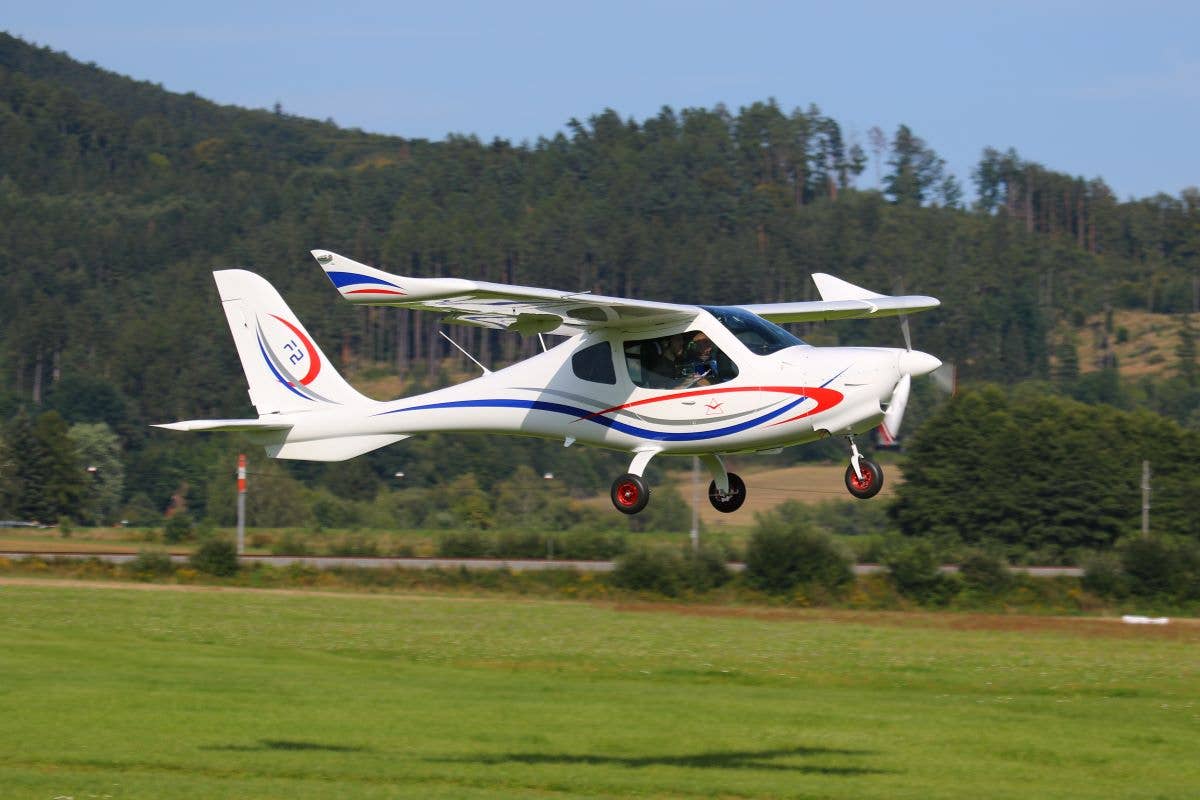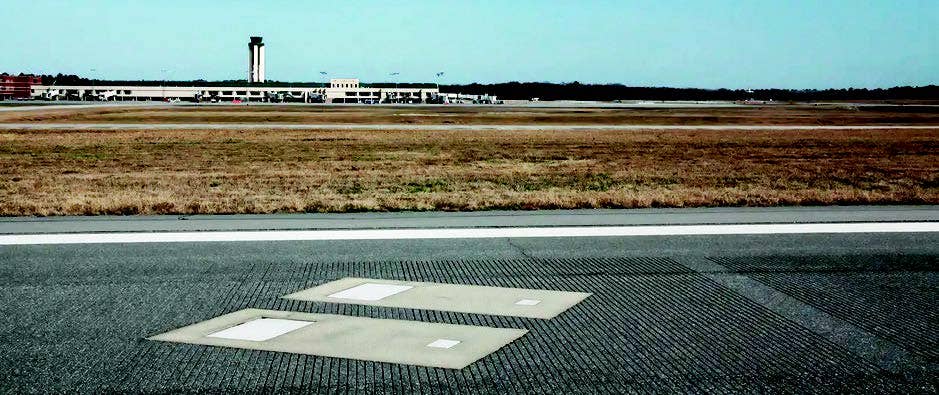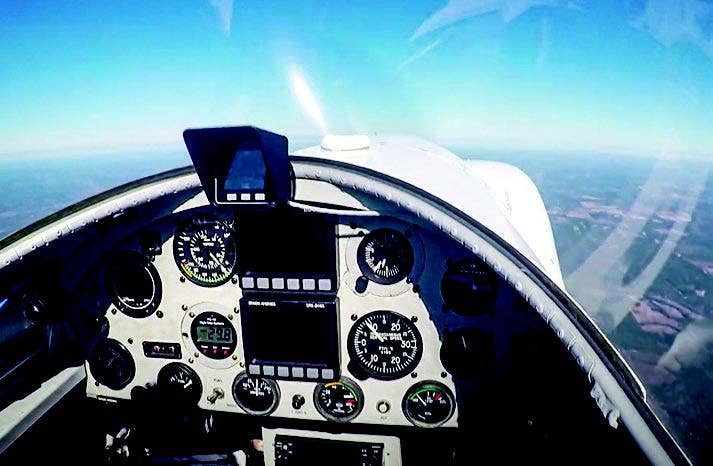Can the FAA Flex?
The MOSAIC outcomes affect far more than just light sport aircraft, especially when it comes to the next certification pathway for eVTOLs.

The FAA’s decisions on MOSAIC will likely affect more than just light sport aircraft. [Courtesy: Flight Design]
More lies on the line than the light sport aircraft (LSA) that were set to provide a path to affordable aviation when they first came on the scene around 2005. Two decades ago, the FAA tempered its enthusiasm for LSA by putting in constraints to those models allowed for acceptance in the category.
Now, yes, 20 years later, we’re just getting around to fixing those issues—and in a big, bold way. In fact, the GA industry reacted almost entirely positively to the recommendations published on the eve of EAA AirVenture last summer. The comment period—extended after the government shutdown last fall and buoyed by the appointment of the new FAA administrator, Michael Whitaker—closed Monday. As anticipated, the usual aviation associations weighed in, but with an interesting nuance. Normally, AOPA, GAMA, EAA, NBAA, and NATA either comment completely separately or as one, it seems—but in this instance, GAMA stood apart. It had to, as its membership could not be so neatly addressed by the usual consolidated effort.
You see, GAMA represents a broad swath of the general and business aviation manufacturing business—and its interests do not necessarily match those of the pilot and user groups behind AOPA and EAA, in particular, and to a lesser extent NBAA and NATA.
And what GAMA diverged on has definite repercussions for other certification-defining efforts in play—notably, those aircraft seeking approval under the advanced air mobility umbrella, by and large as a new breed of aircraft entirely, the eVTOL (electric vertical takeoff and landing) aircraft.
Change Is Hard
So, you’ve gotta ask yourself: What’s a bigger flex for the FAA and industry, MOSAIC or the certification basis for eVTOLs? A great number of which—if you read their various timelines and PR—are set to begin darkening the skies late this year and next?
If we can’t flex the rules to allow for equivalent levels of safety in a four-seat, 250-knot, 3,325-pound “light sport aircraft”—defying the term, really, but so many of these are already in the field and some certificated under EASA—how can we come to grips with those that fly using completely new (read noncombustion) propulsion systems and simplified (read highly automated) flight control regimes?
I contemplated this question as I piloted (in loose terms) a Corolla down the 405 freeway, paddling my way toward LAX for a painful x-c home last week after a trip to demo a new—yet-traditional Part 23—airplane for an upcoming pilot report. I looked around me at my fellow humans commanding four-seat SUVs of a similar weight to MOSAIC LSAs (a ton or so), inflicting varying degrees of terror upon the drivers around them. I thought, ‘Do I really want all of these [frickin’ idiots] barreling through the skies over the LA Basin alongside me in their personal eVTOLs?’ They can barely manage two dimensions, let alone three…and isn’t SoCal Center already saturated with its current level of traditional fixed-wing and rotor traffic? At least the gates at LAX are saturated, perpetually. Local communities are more in the business of closing airports—Santa Monica—as opposed to opening them, these days.
And therein lies the promise of the MOSAIC NPRM, as EAA and the other signatories have chosen to cautiously embrace it, that’s distinct from the next stage, which is the road map for eVTOL certification on a broad basis. As it stands, the recommendations outline solid, incremental yet meaningful improvements. They meet the SMART goal standard—“A” for achievable with what we know now, and flexible enough to accommodate the future.
I understand GAMA’s reticence to push all of its member companies into the future, but then again, five of the seven most recently added GAMA members announced this week are involved directly in AAM. The embrace of this future is real, even among those OEMs who have been until recently concerned solely with developing aircraft under the existing certification paths.
One thing seems clear to me: If the FAA and industry can’t wrap its collective brain around the thoughtful progress made by the ASTM’s F37 committee on LSA and its constituents, there’s no way any of us will be in the mindset to bring on the AAM revolution. And with the pushback now coming to a head in the general public regarding self-assessment and oversight—thanks to the Boeing door plug debacle and its cascade of realizations—that internal oversight formed a compelling part of what kept LSA development in check in terms of cost.
And that would be a shame. ’Cause even though the thought gives me pause now, I have a feeling I’ll be ready to pay good money at some point in the not-too-distant future to engage with the masses soon to be zooming above the 405 rather than on it.

Subscribe to Our Newsletter
Get the latest FLYING stories delivered directly to your inbox






